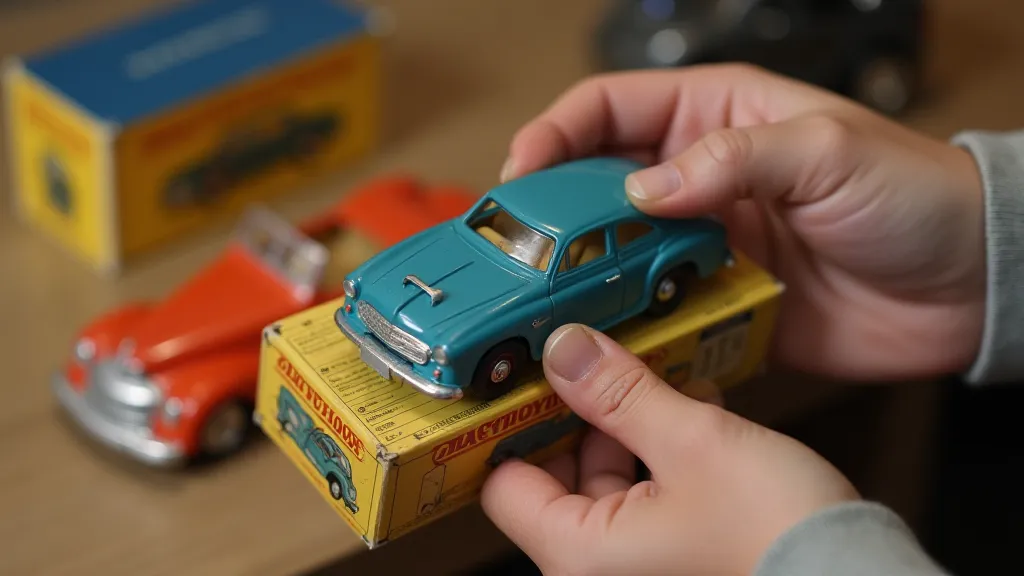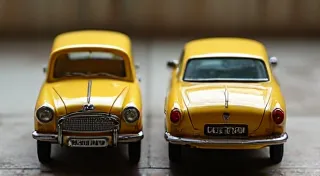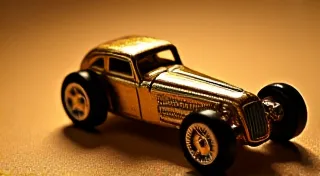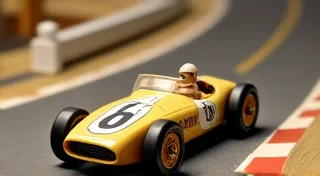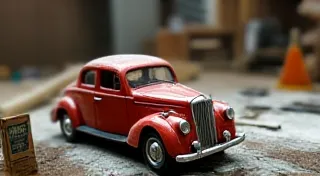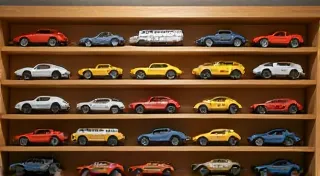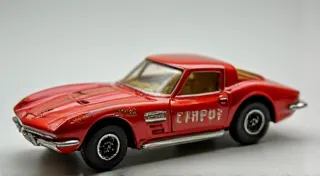The Significance of Matchbox Car Window Boxes
For collectors of vintage Matchbox cars, the appeal extends far beyond the miniature vehicles themselves. A crucial and often overlooked element is the original window box. These cardboard containers, once simply a means of transport and retail display, have evolved into significant factors influencing a car's value and desirability.
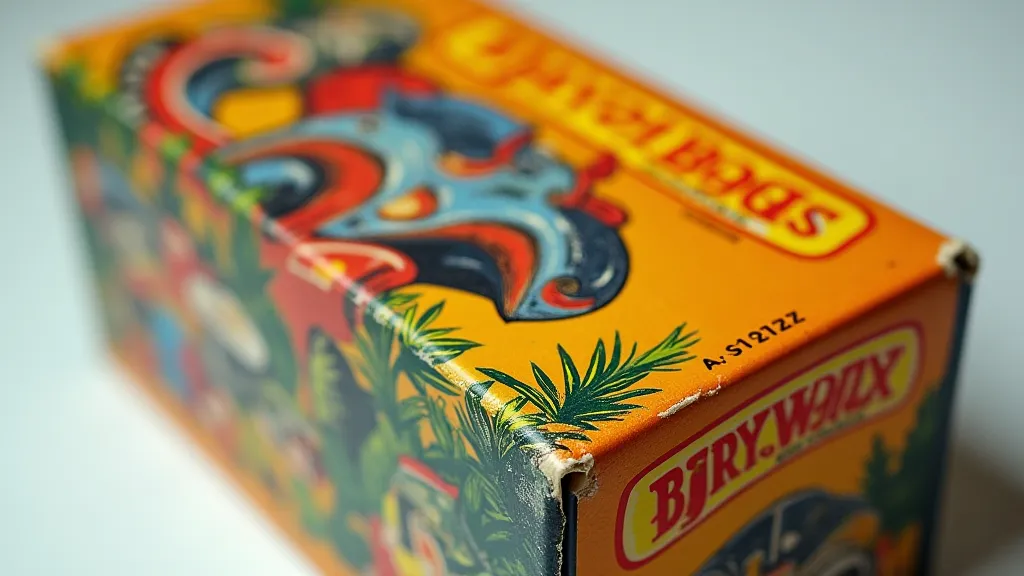
A Brief History of the Window Box
Matchbox cars, originally produced in the 1950s, were designed to be small enough to fit in a child’s lunchbox. The iconic window box emerged as the standard packaging in the early 1960s. Initially, the boxes were rather plain, featuring simple graphics and basic product information. As Matchbox Models expanded their range and appeal, so did the sophistication of the window box design. Understanding the evolution of these boxes is key to appreciating their current value, and you can explore broader collections and series in more detail through articles like Common Matchbox Car Series: A Collector's Overview.
Design and Evolution
Early window boxes were primarily brown cardboard, often with a simple printed label. Later iterations introduced a wider range of colors, including vibrant reds, blues, and yellows. The graphics evolved too, incorporating more detailed illustrations of the cars and often featuring promotional slogans and information about the model’s features. Variations in box shape and size also appeared over the years, reflecting changes in the car designs and manufacturing processes. Specific color combinations and graphic styles became associated with particular production years and regions, making them valuable identifiers for collectors. The subtle differences can truly define a collector's prize, mirroring the unique qualities of models like the 1969 Lesney Matchbox Fire Chief, as discussed in Spotlight on the 1969 Lesney Matchbox Fire Chief: A Highly Coveted Variation.
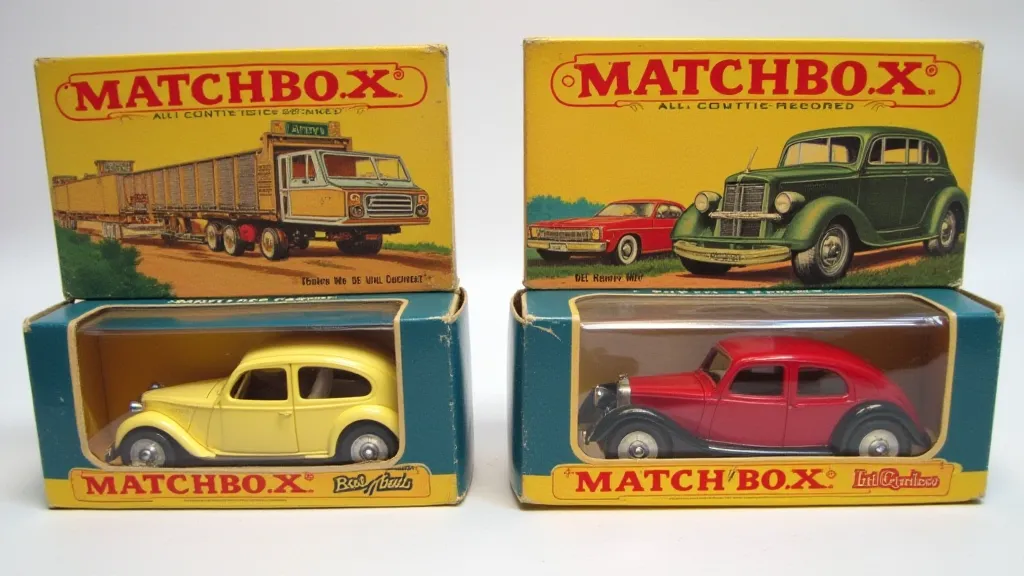
The Impact on Value
A Matchbox car in its original window box, particularly if the box is in excellent condition, will command a significantly higher price than the same car loose. Condition is paramount. A pristine box, free from tears, creases, or fading, is the most desirable. Even slight damage can drastically reduce the value. Boxes that are "mint" – appearing virtually untouched – are exceptionally rare and highly prized by serious collectors. The completeness of the box, including the end flaps and internal cardboard inserts, also contributes to its value. Factors like printing errors, though seemingly minor, can have a significant impact. Beyond rarity, the general condition plays a huge role, and some collectors even explore repair and restoration techniques – a complex subject that requires careful consideration to maintain authenticity.
The rarity of a particular window box design also plays a role. Some box variations were produced in limited quantities, making them more difficult to find and therefore more valuable. For example, boxes produced for specific export markets or those featuring unique color schemes are often sought after by collectors. The value isn’t just based on the car itself; it’s a holistic assessment of the entire package, and a good understanding of those nuances is key to successful collecting or trading. If you’re thinking about entering the market, you might find our guide to Buying and Selling Vintage Matchbox Cars: Tips for Success useful.
Identifying Key Window Box Features
When assessing a Matchbox car window box, consider the following:
- Color: Note the specific color combination of the box.
- Graphics: Observe the detail and style of the printed illustrations.
- Printing Error: Rare printing errors can increase value considerably. These imperfections, though unintentional, can become highly sought-after traits among serious collectors.
- Country Code: Some boxes have a country code stamped on the back or base, indicating the region where the car was originally sold. This provides valuable insight into the car's distribution history.
- Box Type: Research the specific box type associated with the car's production year and series. Box types evolved alongside car designs, and knowing which box style belongs to which era is essential for accurate identification.
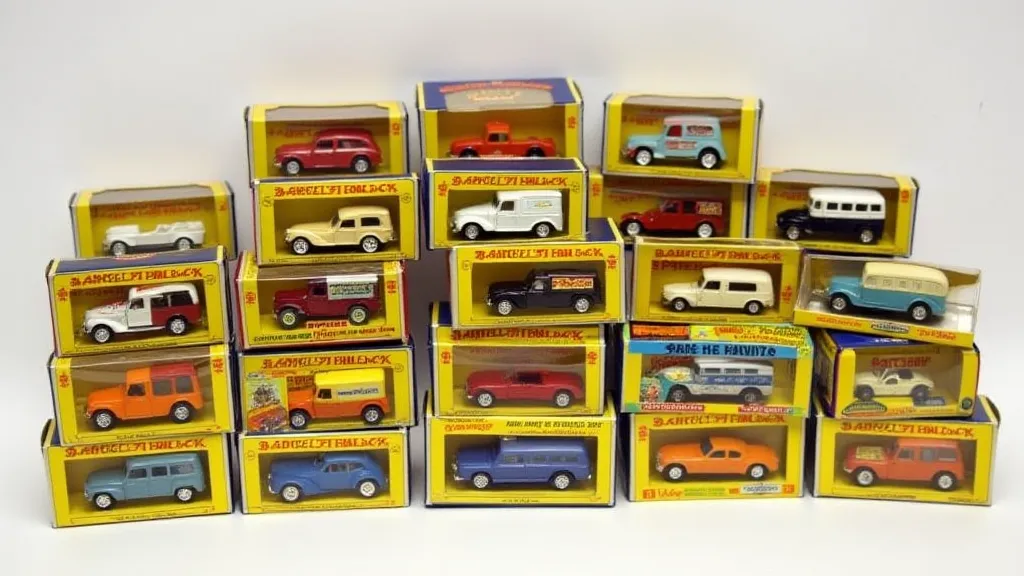
Preserving Your Window Boxes
Proper storage is crucial to preserving the condition of your Matchbox car window boxes. Keep them away from direct sunlight, moisture, and extreme temperatures. Storing them flat, rather than upright, can help prevent warping. Acid-free archival sleeves can provide an additional layer of protection. The aging process is inevitable, but proactive steps can significantly slow down deterioration. The overall goal is to minimize exposure to elements that can cause fading, cracking, or warping. Furthermore, knowing how to handle these fragile artifacts is essential - they are a testament to a specific time period and deserve respectful treatment. For those considering more involved restoration efforts, remember to prioritize authenticity and avoid irreversible modifications. Incorrectly restored or repaired boxes often lose considerable value.
Beyond Condition: The Historical Context
The Matchbox car window box isn't simply a container; it's a miniature time capsule. Examining these boxes offers a glimpse into the marketing strategies of the era, the evolving design aesthetics, and the global distribution networks of Matchbox Models. The graphics often reflect popular trends in automotive design and culture. Consider the color palettes, the illustrations, and the slogans – they are all pieces of a larger historical puzzle. The design choices reflect the desires and aspirations of a specific audience, providing valuable insights into the social and economic landscape of the time. Even minor details, like the font used or the placement of logos, can reveal important information about the manufacturing process and the target market.
Common Issues and Identifying Fakes
Unfortunately, the high value of vintage Matchbox cars and their boxes has attracted counterfeiters. Recognizing fake window boxes is crucial for avoiding costly mistakes. Common telltale signs include low-quality printing, incorrect fonts, mismatched colors, and inaccurate details. Experienced collectors often develop a keen eye for these inconsistencies. Pay close attention to the texture of the cardboard and the sharpness of the graphics. Carefully compare the suspected fake to known authentic examples. If in doubt, consult with a reputable dealer or expert. The internet can be a valuable resource for identifying fake boxes, but always verify information from multiple sources. Beware of deals that seem too good to be true – they often are. Authentication is a skill honed through experience and a deep understanding of the nuances of Matchbox production.
The Future of Collecting
The passion for collecting vintage Matchbox cars and their window boxes shows no signs of diminishing. As the cars become increasingly scarce, their value is likely to continue to rise. New collectors are always entering the market, drawn by the nostalgic appeal and the potential for financial reward. The internet has made it easier than ever to connect with other collectors, share information, and buy and sell cars. The community surrounding Matchbox collecting is vibrant and supportive. Whether you are a seasoned collector or a newcomer to the hobby, the world of Matchbox cars and their window boxes offers endless opportunities for discovery and enjoyment. If you're contemplating restoration, remember to research thoroughly and consider the impact on the box’s value – improper techniques can significantly diminish its appeal, as outlined in Repairing and Restoring Vintage Matchbox Cars: A Guide.
